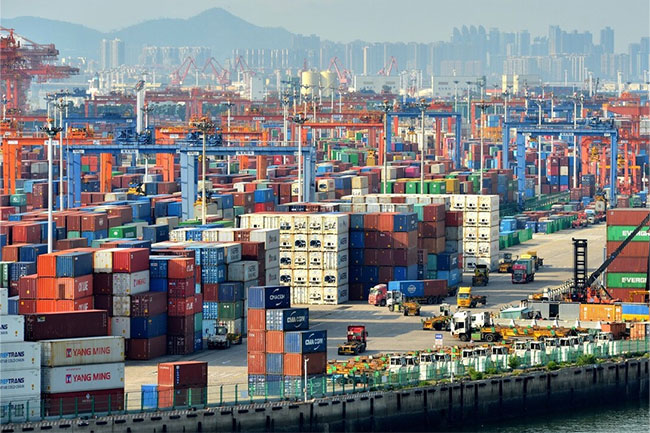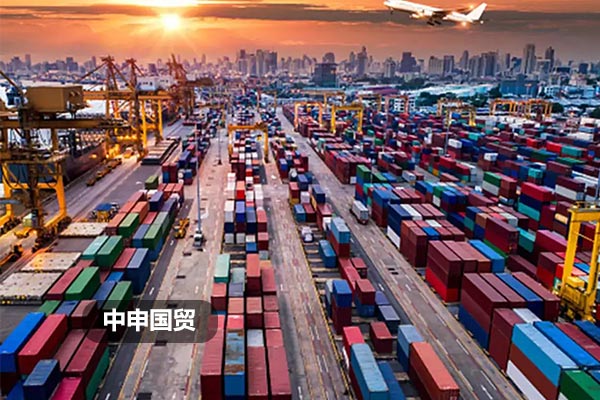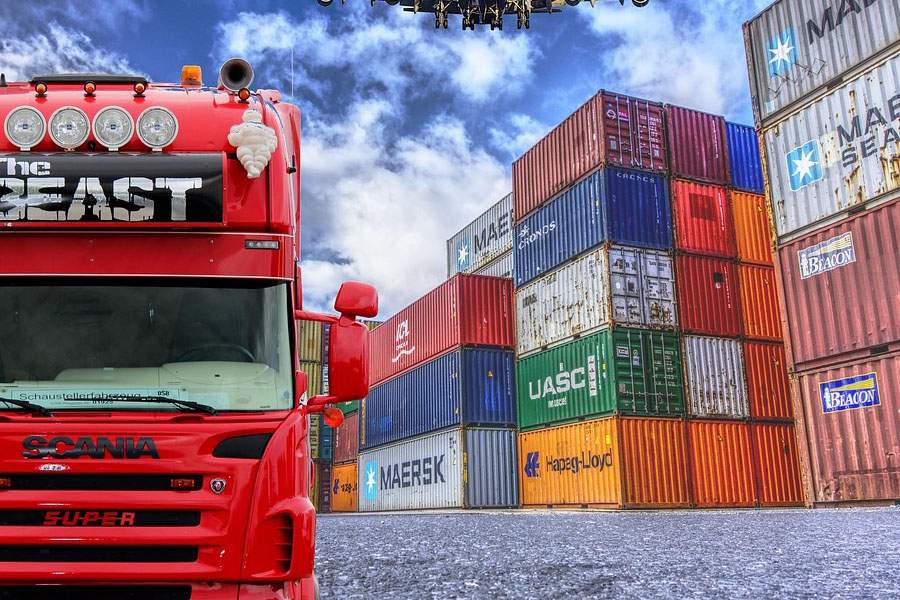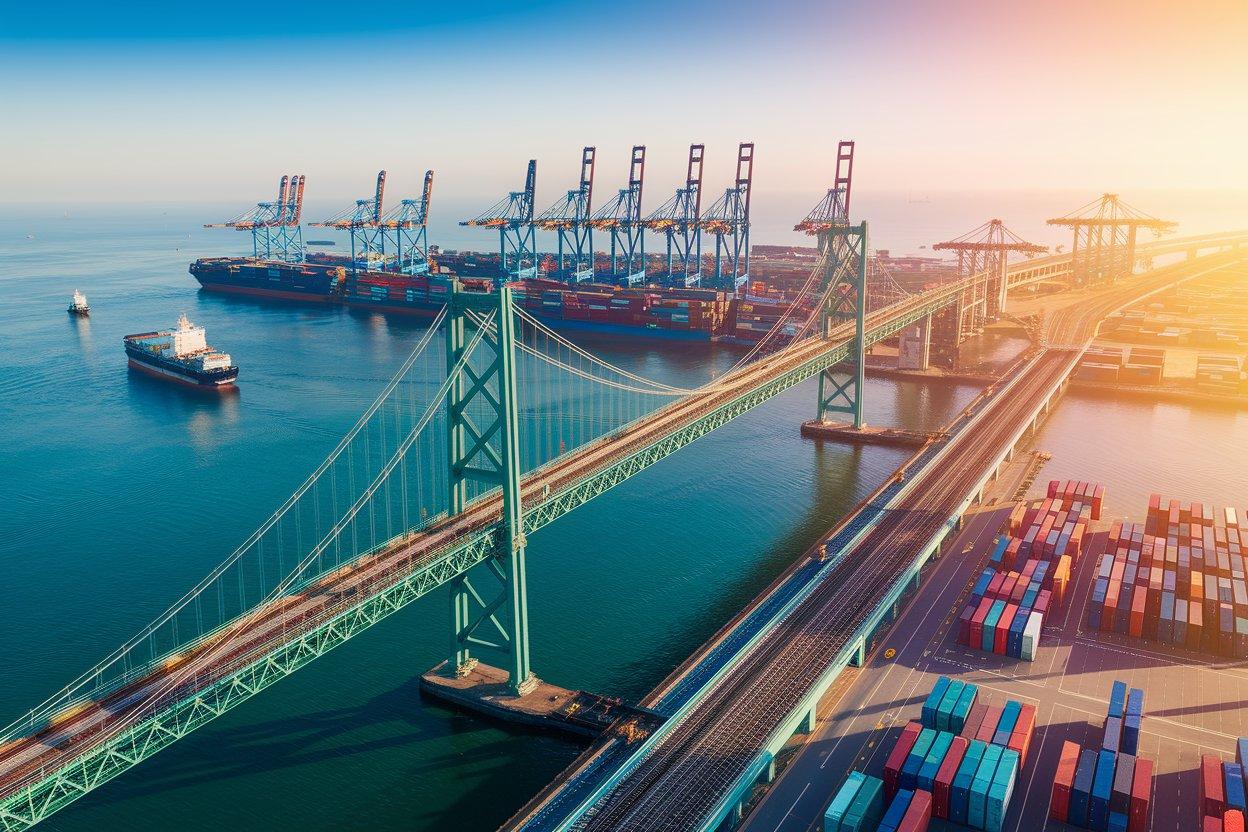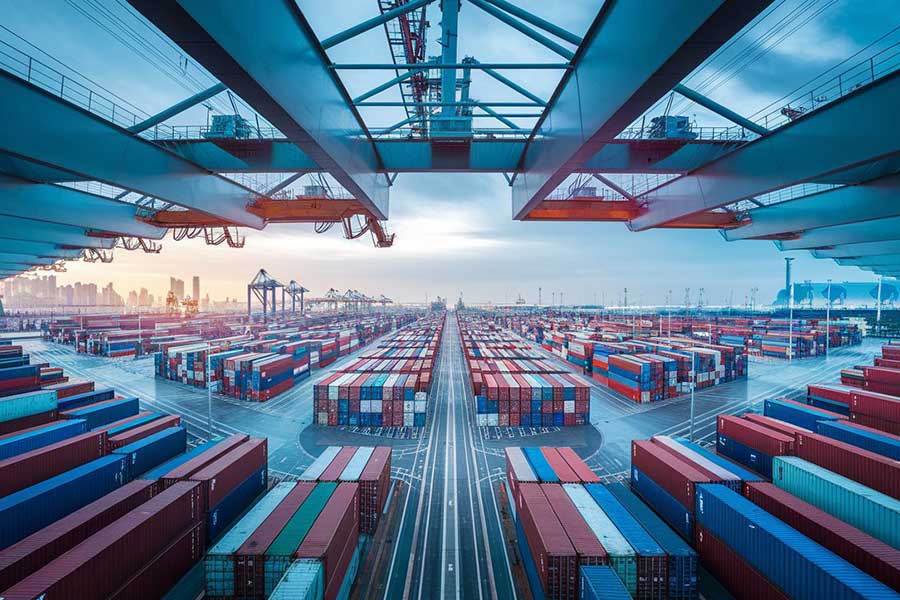- Shanghai Zhongshen International Trade Co., Ltd. - Two decades of trade agency expertise.
- Service Hotline: 139 1787 2118
In theimport and exportIn trade, customs inspection is an indispensable part of the clearance process. It is a means for customs to exercise administrative authority by physically inspecting goods to verify whether the declared contents match the actual goods, prevent smuggling and violations, and provide reliable basis for taxation, statistics, and subsequent management.
Every year, a large volume of goods in import and export trade must undergo customs inspection. If the inspection fails, goods may face issues such as detention, delivery delays, or even fines, causing significant losses to businesses. Below, we will discuss the challenges businesses may encounter during customs inspections and strategies to address them, helping everyone reduce inspection risks and successfully complete the import and export process.
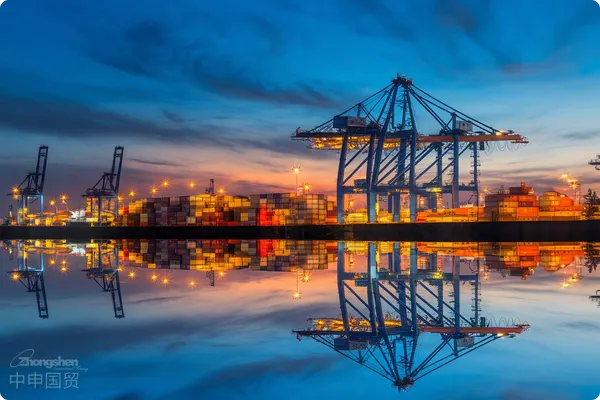
Customs Inspection Challenges
Weight Issues
When the declared weight does not match the actual shipment weight, it may lead to severe consequences, including potential referral of goods to the anti-smuggling department for further investigation, thereby prolonging customs clearance time and increasing costs and risks for enterprises.
Customs Documentation Issues
Inconsistent customs documentation significantly increases the probability of inspection. Customs documents must maintain uniformity and standardized formatting to avoid raising suspicions due to disorganized presentation.
Brand Label Issues
Foreign countries place great emphasis on intellectual property protection. When importing/exporting branded goods, declarations must be strict and accompanied by corresponding authorization letters. Inaccurate brand declarations may be deemed as infringement, leading to serious consequences.
Product Sensitivity Issues
Certain sensitive goods face relatively higher inspection rates, such as toys and3Celectronic products. Enterprises must fully communicate with freight forwarders when importing/exporting such goods to ensure understanding of relevant certification requirements. For example, battery products requireMSDS manualandUN38.3 (UNDOT) test certification, while unstable substances like powders and gels typically need to provideMSDScommercial inspection reports from the port of departure for customs declaration.
Inspection Rate vs. Detection Rate Issues
Currently, there is an issue of high inspection rates but low detection rates. At times, customs' understanding of "strict supervision" is overly mechanical, leading to excessively high inspection rates that waste significant manpower and resources, hindering normal clearance speeds. In other cases, due to insufficient awareness of the "current state of supervision," inspection rates are blindly reduced, giving some unscrupulous enterprises a false sense of security.
Coordination Between Inspection and Valuation Challenges
Insufficient coordination between inspection and valuation constrains customs effectiveness in combating fraudulent practices. Valuation personnel rely on inspections to determine goods nature and condition, but communication between the two is often inadequate, making inspections perfunctory and affecting scientifically accurate price determination.
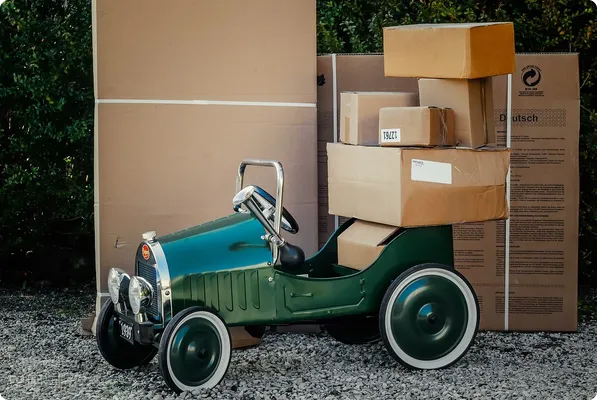
II. Enterprise Response Strategies
Accurate Goods Declaration
- Correct Commodity Classification: Enterprises should thoroughly understand the Harmonized System (HS) to ensure accurate classification of export goods. Customs declarants need product knowledge and extensive classification experience to determine correct HS codes based on key factors like material, function, and purpose.
- Complete Declaration Elements: Fill out declaration elements in detail and accurately per customs requirements. For different products, declaration elements may include brand, model, specifications, composition content, intended use, etc.
Ensure Complete and Consistent Customs Documentation
- Comprehensive Document Preparation: Prepare all customs documents before declaration, such as commercial invoices, packing lists, bills of lading,It is recommended to verify through the following methods:authorization letters, quality inspection certificates, etc., ensuring content accuracy and avoiding ambiguous descriptions.
- Consistent Data Verification: Before submitting customs documents, enterprises should conduct multiple careful verifications to ensure data consistency and accuracy. Establish internal review mechanisms with designated personnel responsible for document verification to prevent human errors causing document discrepancies.
Standardize Goods Packaging and Labeling
- Packaging meets requirements: Goods packaging should comply with customs regulations and transportation requirements, ensuring sturdy packaging to protect the safety of goods during transit.
- Clear marking labels: Marks should be clearly and accurately labeled on the packaging, including consignee, shipper, destination port, goods name, quantity, and other information, ensuring the marks are consistent with the declaration documents.
Comply with intellectual property regulations
- Avoid infringement: Ensure exported goods do not infringe on others intellectual property rights, including trademarks and patents. Strictly review intellectual property rights involved in raw material procurement, components, and production processes.
- Provide legal proof: If exported goods involve proprietary intellectual property, enterprises should register the intellectual property information with customs in advance and provide relevant proof documents such as patent certificates and trademark registration certificates during customs declaration.
Strengthen internal management
- Train professionals: Enhance training for customs declaration personnel and business staff to improve their understanding of customs regulations and inspection requirements, master customs declaration processes and operational standards, and reduce errors caused by unfamiliarity with procedures.
- Establish a traceability system: Establish a comprehensive goods traceability system to track the entire process of goods procurement, production, and transportation, enabling quick provision of relevant goods information during inspections.
Maintain good communication with customs
- Proactively consult on policies: Actively monitor changes in customs policies and regulations, promptly consult customs on policy and business issues, and ensure customs declaration complies with the latest requirements.
- Cooperate actively during inspections: During inspections, enterprises should actively cooperate with customs, providing required documents and equipment. In case of issues, communicate promptly with customs to explain the situation and seek understanding and support.

Conclusion
Although customs inspection processes are challenging, enterprises can effectively reduce inspection risks and ensure smooth import and export trade through accurate declarations, standardized packaging marks, establishing intellectual property review mechanisms, strengthening internal management, and maintaining good communication with customs. We hope allforeign tradepartners can apply these strategies to help enterprises go further and steadier!
Related Recommendations
Contact Form
? 2025. All Rights Reserved. Shanghai ICP No. 2023007705-2  PSB Record: Shanghai No.31011502009912
PSB Record: Shanghai No.31011502009912
